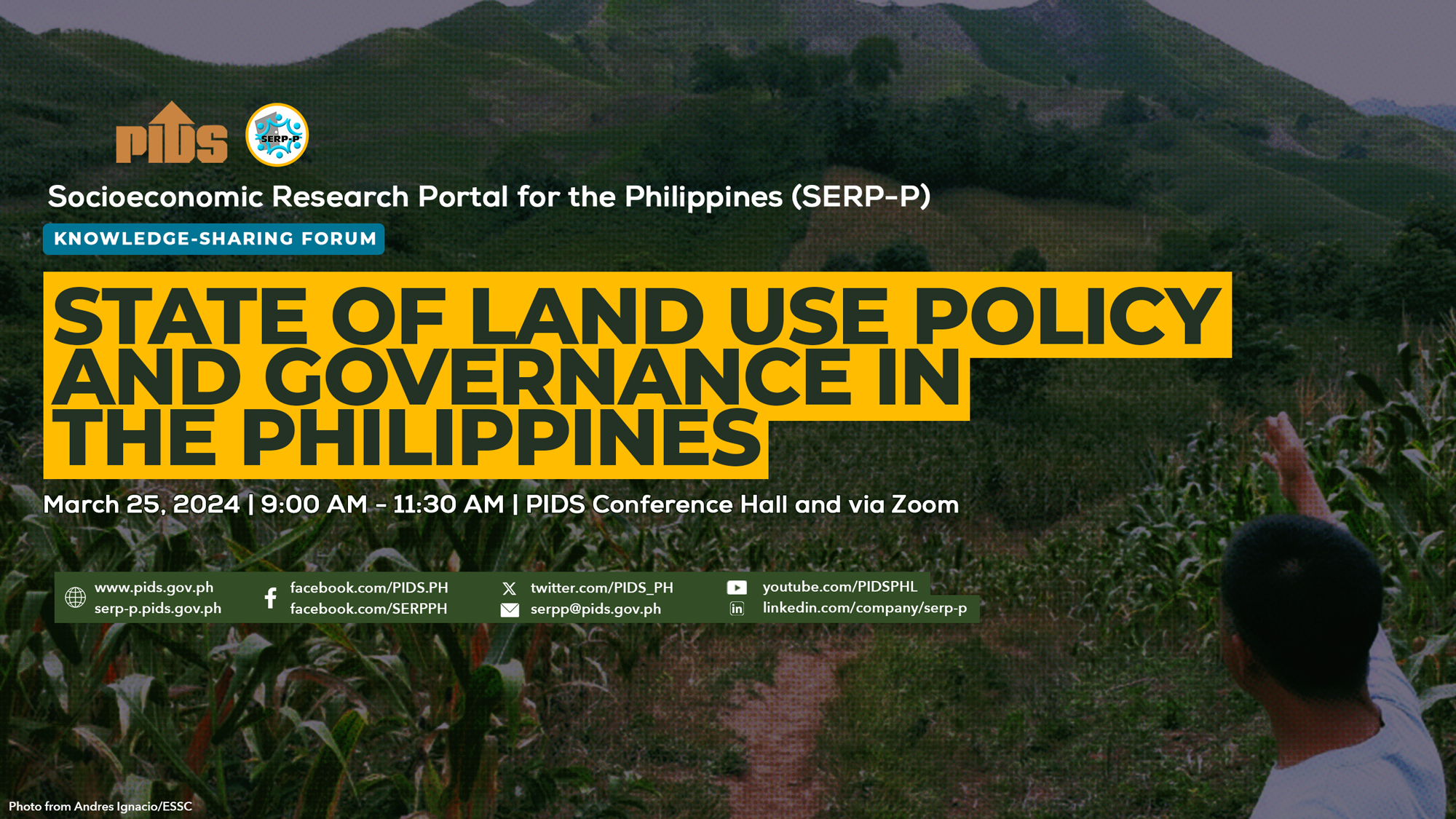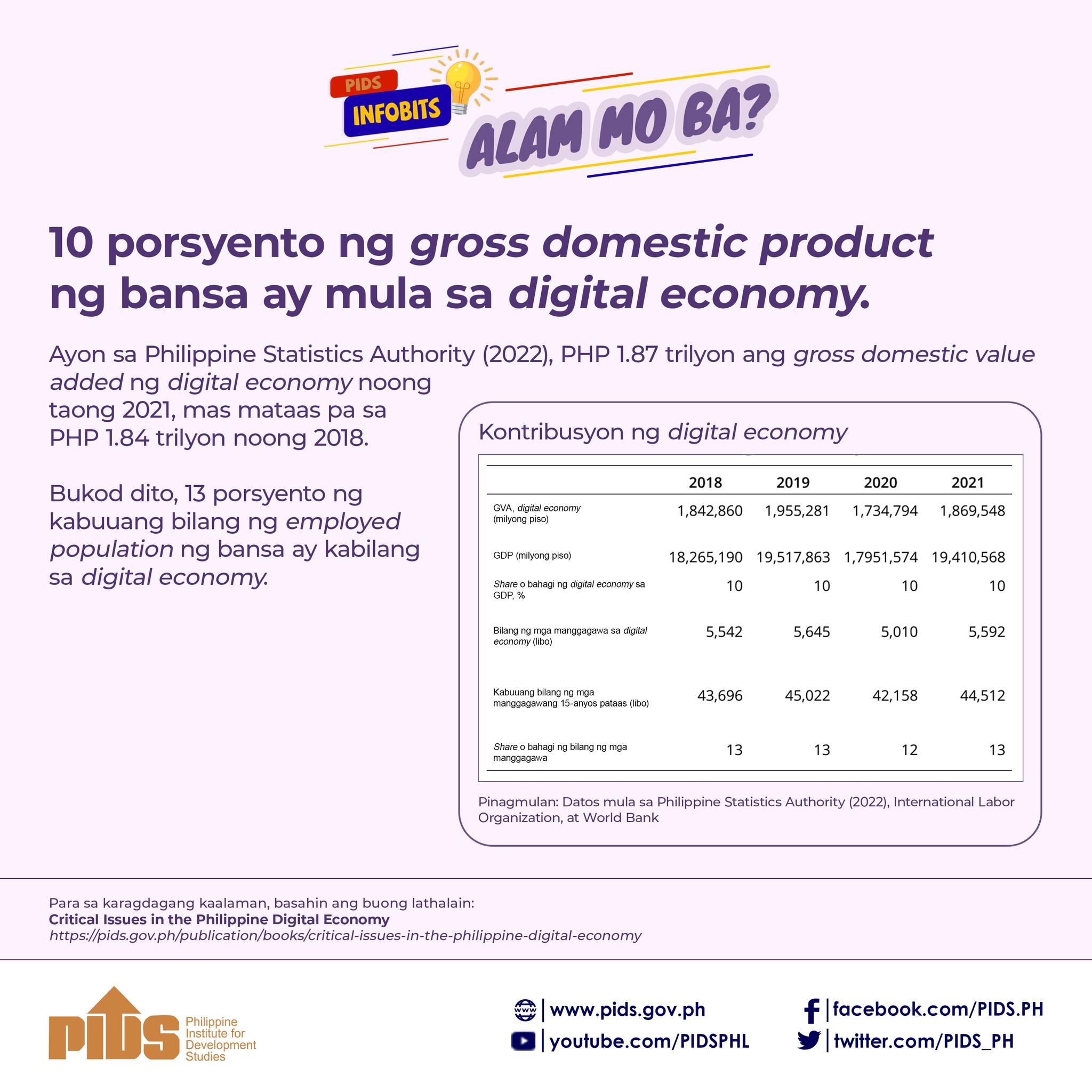A combination of expensive consumer goods and slow mass vaccination at a time when COVID-19 is surging has prompted the World Bank to temper its growth recovery expectations for the Philippines while an economic research company said the economy was in a “worrisome state.”
The World Bank (WB) on Friday slashed its 2021 growth forecast for the country to 5.5 percent from 5.9 percent, below the government’s conservative 6.5 percent to 7.5 percent gross domestic product (GDP) growth target for this year.
GDP fell by a record 9.5 percent last year—the worst post-war outturn—due to the longest and most stringent COVID-19 lockdown in the region which shed millions of jobs and shut down thousands of businesses.
‘Slow’ reopening
Despite the World Bank’s downgraded GDP projection, Acting Socioeconomic Planning Secretary Karl Kendrick Chua said the government would stick to its growth target in the meantime.
“It’s too early in the year to make changes. We always look at the data to guide our projections, and there are nine months of data ahead,” said Chua, who heads the state planning agency National Economic and Development Authority (Neda).
He earlier conceded negative growth year-on-year in the first-quarter GDP due to a “slow” reopening of the economy.
The World Bank said in its East Asia and Pacific Economic Update report for April 2021 titled “Uneven Recovery,” the Philippines had a “conservative” fiscal stance such that it “underspent” on economic stimulus “due to weak implementation.”
The Asian Development Bank’s updated database on its member countries’ COVID-19 policy measures showed the Philippines’ war chest to fight the pandemic stood at $25.99 billion (about P1.26 trillion) or 7.06 percent of 2019 GDP as of March 22.This fiscal and monetary responses deployed against COVID-19 amounted to $240.48 per capita, about P11,664 per Filipino based on Friday’s exchange rate.
“Our economic stimulus measures were among the largest this country has had. However, we took into account what we can spend quickly and effectively,” Finance Secretary Carlos Dominguez III—President Duterte’s chief economic manager—said in a speech before Filipino and Singaporean businessmen on Friday.
Legislators are seeking another stimulus package under the proposed “Bayanihan 3” bill, which the economic managers did not support.
The economic team had said that the pending disbursements under the extended Bayanihan to Recover as One Act, or Bayanihan 2 Law, as well as this year’s record P4.51-trillion national budget would be enough to jumpstart economic recovery.
But estimates of the state-run think tank Philippine Institute for Development Studies (PIDS) showed that at least two more rounds of dole outs amounting to at least P163.4 billion would be needed to minimize the number of Filipinos who could temporarily slide back to poverty amid the protracted pandemic.
The World Bank noted the country’s “high domestic transmission” of COVID-19 and that it was “lagging behind” in the region in mass vaccination, and there were “concerns about efficacy and safety” of the vaccines in the Philippines.
The country’s vaccination program showed that only 0.2 dose per 100 people, equivalent to 216,000 doses, had been administered as of March 17.
Singapore led the region with 13.54 per 100, followed by China (4.51), and Mongolia (4.26).The other countries with more COVID-19 doses than the Philippines included Indonesia, South Korea, Malaysia, Cambodia and Laos.
Wider income inequality
Myanmar, Thailand and Vietnam had lesser doses than the Philippines. Papua New Guinea, Timor-Leste and the Pacific Islands have yet to start their vaccinations.
“In countries where COVID-19 control has not been achieved, like Indonesia and the Philippines, rapid vaccination is a priority to reduce high numbers of deaths and pressure on struggling health systems,” it said.
The challenge for these countries is to procure enough vaccines and combat vaccine hesitancy through effective information campaigns.
The World Bank said the Philippine economy is expected to recover in the medium term, but this would be “contingent on an improved external environment, a successful vaccination program, and the loosening of movement restrictions.”
It said, however, that the pandemic-induced recession’s scars will be felt more by struggling households and would further widen income inequality between the rich and the poor.
As a result poorer families are more likely to reduce their food consumption, accumulate debt, and sell assets, undermining their ability to recover from the crisis, the World Bank said.
Reacting to the bank’s recommendation to loosen restrictions on movement, presidential spokesperson Harry Roque said such restrictions did not lead to a complete shutdown of the economy and allowed business to operate.
Roque said the government has avoided even tighter quarantine regulations despite the rise in COVID-19 cases as it was important to keep the economy open so that people would not go hungry.
“I do not believe that we are imposing a prolonged lockdown. In fact, our economy is open except for a few industries,” Roque said at a televised press briefing.
Roque said after last year’s economic decline, things were looking up as can be seen in the number of investments that are coming in and new businesses springing up.
‘Reasons for concern’
Economist Katrina Ell of the economic research company Moody’s Analytics said in a report on Thursday that the surge in infections and the limited amount of vaccines in the Philippines, along with rising inflation and a “large output gap” were “reasons for concern.”
The inflation rate rose by an average of 4.5 percent during the first two months, above the target range of 2-4 percent set by the Banko Sentral ng Pilipinas mainly as food prices, especially of pork products, climbed while global oil prices normalized.
“Demand-pull inflation is weak and will remain that way into the June quarter” amid tighter but localized quarantine restrictions reimposed in areas with high cases within Metro Manila and four neighboring provinces accounting for half of the economy, Moody’s Analytics said.
With limited available vaccines, the Philippines faces continued outbreaks in the near term, it said.
“The government is opposed to national lockdowns, but the recent spike in local infections means that the economic recovery could easily be further stalled at least through the first half of 2021,” Moody’s Analytics added.
WB notes poor vaccine rollout; PH economy in ‘worrisome state’












